Have you ever been in a relationship where you felt deeply loved, yet your body told a different story? Maybe your heart raced when they didn’t text back right away, or your stomach sank when their tone shifted slightly. Logically, you knew there was nothing to worry about, but your nervous system was screaming danger, making you hypervigilant and anxious. I’ve been there most of my life, and let me tell you—it’s exhausting.
When Fight–and–Flight Is Your Normal
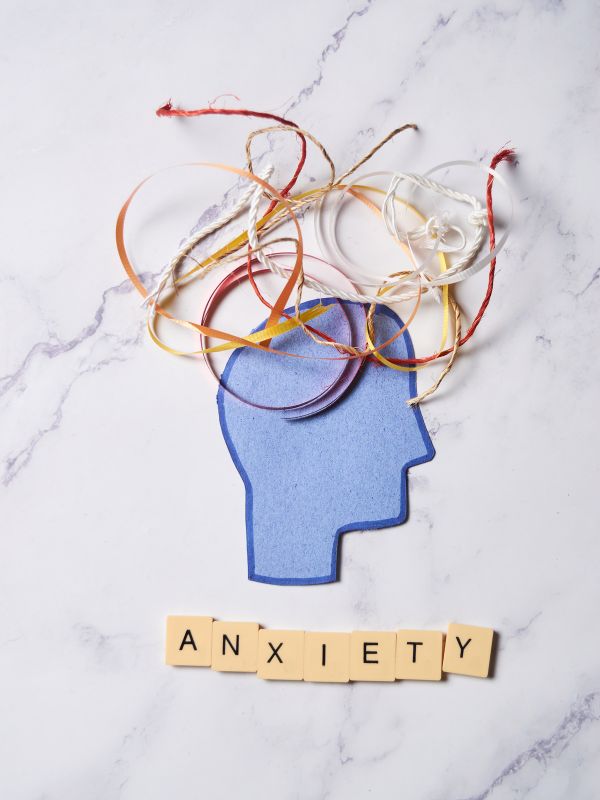
It took me a long time to understand what was going on. I did a lot of healing work—therapy, coaching, deep self-reflection—but it wasn’t until my late 30s that I had a startling realization: for most of my life, I had been living in fight-or-flight mode. My nervous system was in constant overdrive. You might wonder, how did I not notice sooner? But the truth is, I was so used to existing in that state that it felt normal. It was my status quo.
I knew I had an anxious attachment style. Before I started my healing journey, it was really bad. I didn’t understand why I felt so insecure and anxious in my past relationships—why I overanalyzed every text when there was a trigger, feared being abandoned, or needed constant reassurance. Reading about attachment styles helped me recognize my patterns, and while that brought some clarity, I still didn’t fully grasp how deeply ingrained it was.
Then, after one particularly powerful healing session, it finally hit me—I had been living in this state for almost my entire life. My nervous system had been wired for survival, constantly scanning for threats, even in safe spaces. Suddenly, so much of my past made sense. The way I had shown up in relationships, the choices I had made, the way I had attached to people—it was all connected.
It was a tough pill to swallow. But from that moment on, my healing journey deepened even more, in ways I couldn’t have imagined. I didn’t just want to “manage” my attachment style and become “secure”; I wanted to rewire my nervous system, to truly feel safe in love. As I explored the layers of my own emotional wounds, I found that I could also hold even deeper space for my clients. The more I understood my own nervous system, the more I could help them navigate theirs. It’s truly fascinating.
It’s Not Just Emotional, It Is Also Physiological
For the longest time, I thought my struggles in relationships were purely emotional—something was wrong with me, and I just needed to “fix” my insecurity. But the deeper I went into my healing journey, the more I realized that love and attachment aren’t just about emotions. They’re deeply physiological.
Through working with other practitioners, I started to understand that my nervous system was at the core of my anxious attachment. I wasn’t just overreacting—my body was responding to relationships the same way it would to real danger. This realization changed everything.
Later, I came across the work of Dr. Stephen Porges and his Polyvagal Theory, which put words and science to what I had already experienced firsthand. His research explains why our nervous system shapes how safe or threatened we feel in relationships—and why, for those people with anxious attachment, love can sometimes feel anything but safe, even if they are in the safest relationship there is.
Polyvagal Theory
Our nervous system is wired to detect safety and danger in relationships and our environment—often before we consciously realize it. If you’ve struggled with anxious attachment, your system might be primed for hypervigilance, constantly scanning for abandonment even when none is present. And ironically, this fear often creates exactly what it dreads—a self-fulfilling prophecy.
So how do we train our nervous system to feel safe in love? Let’s dive in.
The Nervous System In Love
Our autonomic nervous system (ANS) is like an internal surveillance system, constantly scanning for cues of safety and danger in our environment and relationships. Dr. Stephen Porges‘ Polyvagal Theory explains how we unconsciously shift between different physiological states based on whether we perceive connection or threat.
These shifts happen below the level of conscious thought—your body often reacts before your mind fully registers what’s happening. In relationships, this can mean that even a neutral expression on your partner’s face might be misinterpreted as rejection if your nervous system is wired for hypervigilance.
Let’s break down the three main states of the nervous system and how they impact love and attachment:
1. Safe & Social (Ventral Vagal State) – The Love Zone
This is where secure attachment thrives. When we feel safe and connected, our ventral vagal system is activated, allowing us to:
✅ Relax into love and intimacy
✅ Communicate openly and with ease
✅ Experience joy, curiosity, and emotional flexibility
✅ Regulate our emotions and respond thoughtfully instead of reacting impulsively
In this state, we can receive love without fear, trust our partners, and navigate challenges with resilience. We feel grounded, seen, and valued.
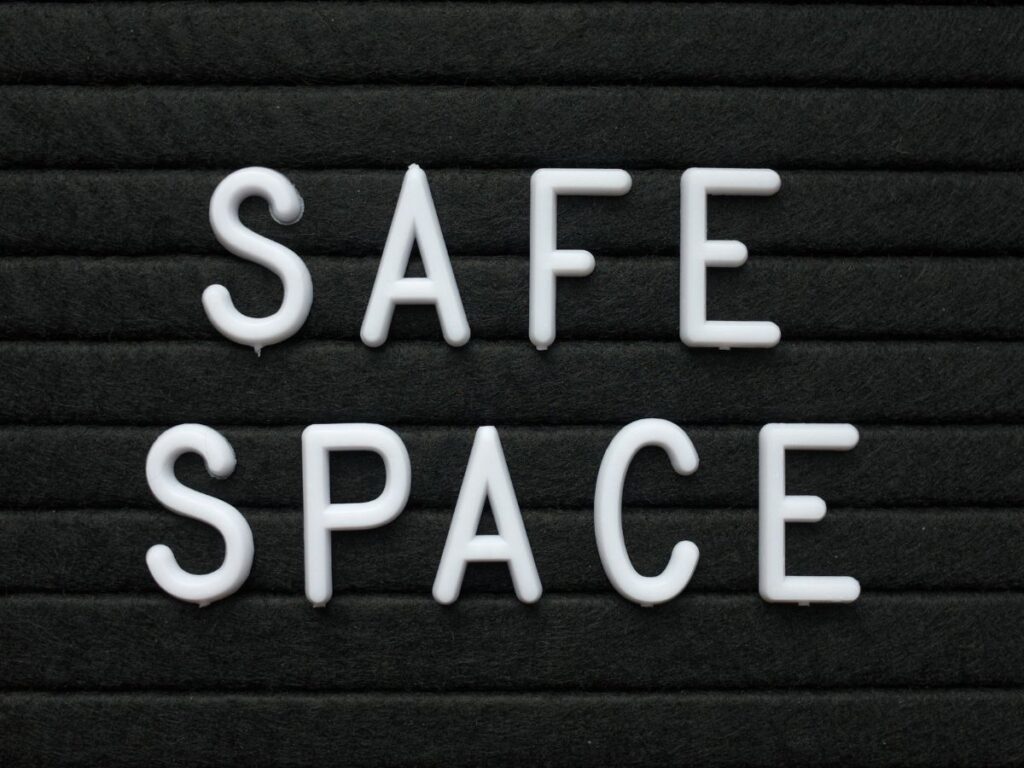
2. Fight/Flight (Sympathetic State) – The Anxiety Spiral
When our nervous system perceives a threat—real or imagined—it activates the sympathetic branch, priming us for action. In relationships, this looks like:
⚡ Hypervigilance—constantly scanning for signs of rejection
⚡ Overanalyzing texts, tone, or body language
⚡ Feeling a surge of panic if a partner pulls away emotionally
⚡ A sense of urgency or desperation to “fix” things immediately
⚡ Reactivity—lashing out or clinging tightly out of fear
For those with anxious attachment, this can become the default state. Even minor changes in a partner’s behavior can feel like a warning sign of impending abandonment, triggering a cycle of anxiety and overcompensation.
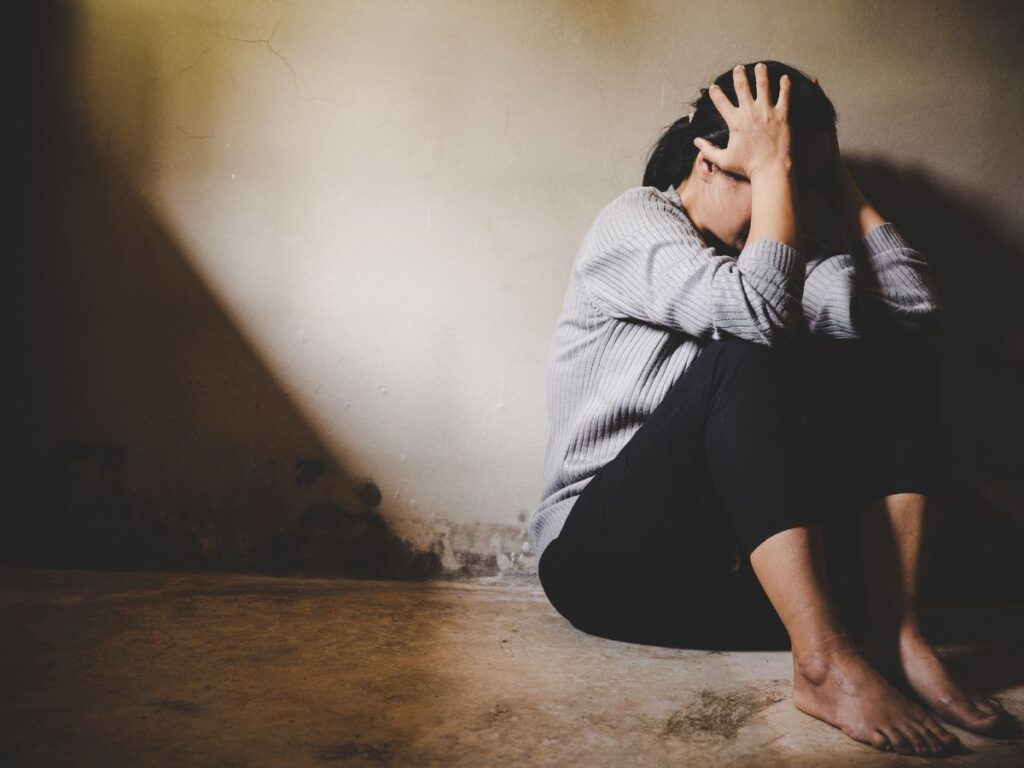
3. Shutdown (Dorsal Vagal State) – Emotional Numbing & Withdrawal
If the nervous system perceives prolonged disconnection or an overwhelming emotional threat, it may shut down completely as a survival mechanism. This happens when fight/flight no longer feels like an option. Signs include:
🌀 Emotional numbness or dissociation
🌀 Feeling “checked out” in the relationship
🌀 A sense of hopelessness—believing love isn’t possible or worth the effort
🌀 Withdrawing or avoiding intimacy to protect yourself from pain
🌀 Depression or feeling emotionally stuck
For people with avoidant tendencies, this might be their default response to emotional closeness. But even those with anxious attachment can enter shutdown mode if they feel overwhelmed by repeated distress in relationships.

It’s Not Just You
Why The People You Surround Yourself With Matter
But here’s the thing—it’s not just about your own nervous system. The people we surround ourselves with play a crucial role in how safe or dysregulated we feel. If you’re with an avoidant partner, for example, their need for distance might unintentionally reinforce your fear of being left, keeping your system in a heightened state of anxiety. On the other hand, being with a securely attached, emotionally available partner can help regulate your nervous system over time.
This is why healing isn’t just an individual process—it’s also about recognizing how different relational dynamics impact our sense of safety. We’re wired for connection, and the right kind of connection can be deeply regulating. So, please choose the people in your life wisely, and be discerning.
Insight You Might Miss: Safety Isn’t Just About Your Partner Though
or the longest time, I believed that feeling secure in love was all about finding the right person—someone who wouldn’t trigger my fears, who would make me feel safe effortlessly. But I learned the hard way that even in the healthiest, most loving relationships, I still felt anxious.
That’s because safety isn’t just external; it’s internal. If your nervous system isn’t wired to receive love without fear, no partner—no matter how patient or kind—can “fix” that for you. True security starts within.
I’ve written an entire blog post about this journey: Yes, You Can Heal and Still Be in a Healthy Relationship
How I Learned to Regulate in Love
Healing my anxious attachment wasn’t about forcing myself to stop overthinking or trying to be “chill.” (If only it were that easy, right?) It was about regulating my nervous system—actually learning to sit with discomfort instead of fighting it. And let me tell you, that took a whole lot of grace and self-compassion. Learning to “relax” into the discomfort felt counterintuitive at first, but over time, it became the key to feeling safe in love. Here’s what helped me:
- Breathwork & Somatic Practices – Deep belly breathing and grounding exercises helped me shift out of fight/flight mode. And let’s be real—it’s not a one-and-done thing; it’s a constant practice.
- Co-Regulation – Our nervous system learns through experience. Surrounding myself with safe, calm people wasn’t just comforting—it was rewiring my system to feel more secure.
- Self-Soothing Rituals – Simple yet powerful practices, like placing a hand on my heart and whispering, I am safe, became a lifeline when my nervous system went into overdrive.
- Recognizing False Alarms – Just because my body felt fear didn’t mean something was actually wrong. And just because my mind was spinning worst-case scenarios didn’t mean those thoughts were true. Learning to pause and question those reactions changed everything.
- Being Mindful of What I Consume – News, music, movies, food—everything we take in affects our nervous system. I had to get intentional about whether I was feeding my peace or fueling my anxiety.
- Sound Healing – Whether it was listening to calming frequencies, sound baths, singing, or simply letting my voice express what my body held inside, sound became a powerful tool for nervous system regulation.
- Nature – The earth has its own rhythm, and spending time in nature—walking barefoot, forest bathing, listening to the wind, watching the trees sway—helped my nervous system slow down and remember what safety feels like. I even recorded a podcast episode about Forest Bathing, diving deeper into its calming effects.
Love as a Nervous System Practice
The biggest shift for me was realizing that healing anxious attachment isn’t about eliminating fear—it’s about learning to move through it with compassion and grace. We’re not meant to “fix” ourselves or force our nervous system into a place of safety overnight. Healing is a practice, a slow unfolding, a process of teaching our body that love and connection don’t have to feel like a battlefield.
For so long, I thought love was something I had to earn—by being “good enough,” by doing all the right things, by keeping the peace. But love isn’t a “transaction” at least not in the sense we usually use this word. It’s an exchange, and in order to truly feel loved, we first have to be able—or at least open—to receive it. And that can be the hardest part and the very thing we need to “work” on the most.
If our nervous system is conditioned to expect rejection, betrayal, or abandonment, even the healthiest love can feel unsafe. We might unconsciously push it away, doubt it, or sabotage it because it challenges the old, familiar patterns we’ve lived in for so long. This is why healing isn’t just about understanding love logically—it’s about teaching our bodies to trust love. To let it in. And that takes time.
So, be gentle with yourself. You are unlearning years—maybe even generations—of survival-based conditioning. You don’t have to get it perfect. You don’t have to rush. With every small step, every moment of self-compassion, every time you choose to pause instead of react, you’re rewiring your system for safety, for connection, for love.
Have you noticed how your nervous system reacts in relationships? What has helped you feel safer in love? I’d love to hear from you.

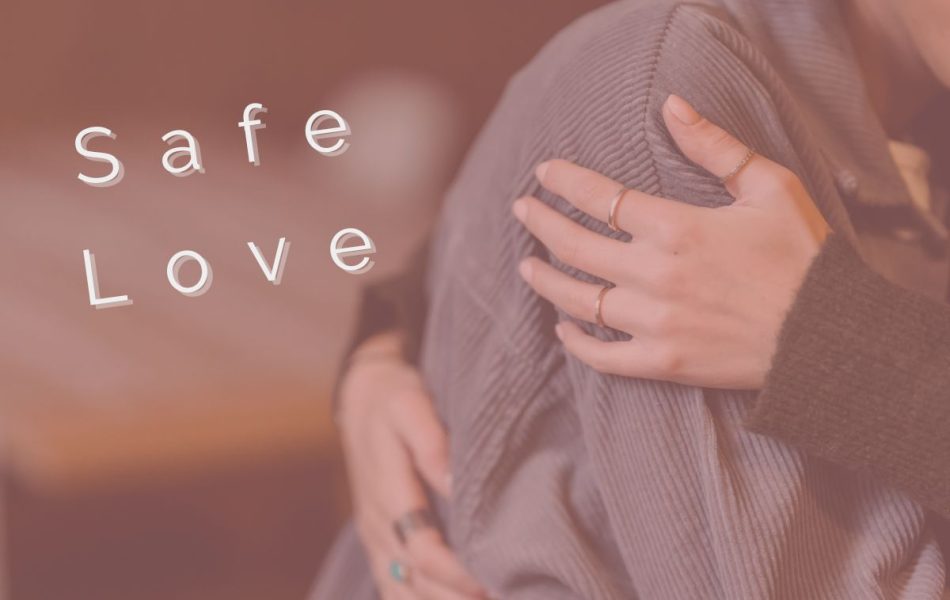




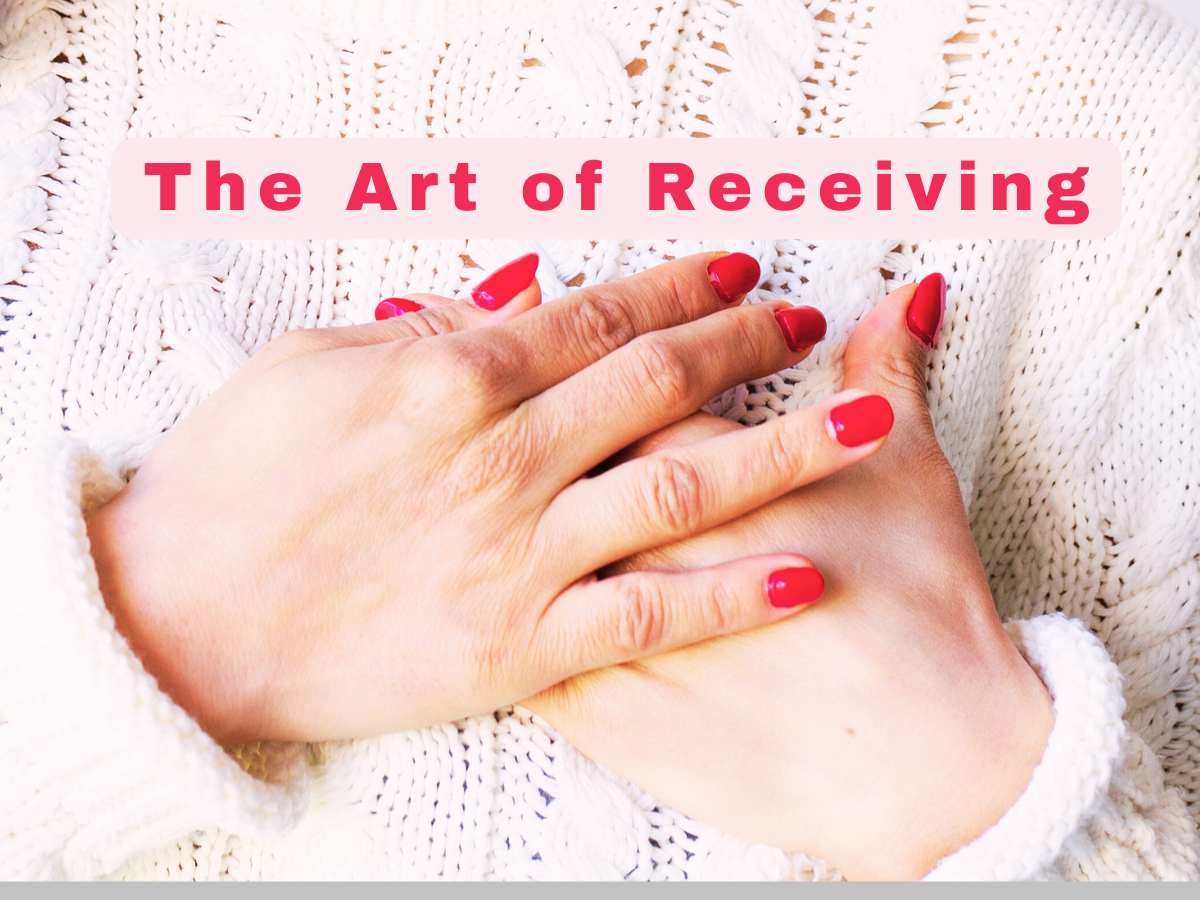
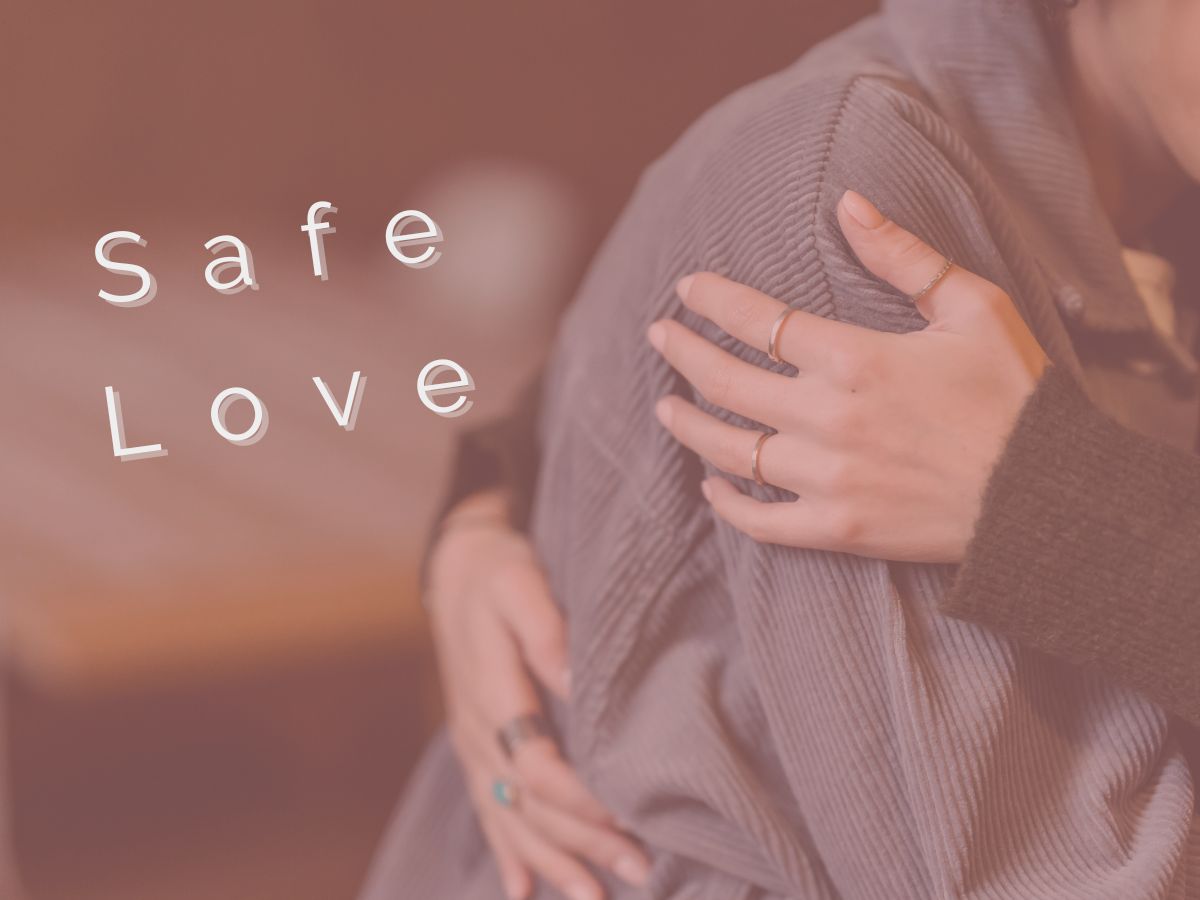



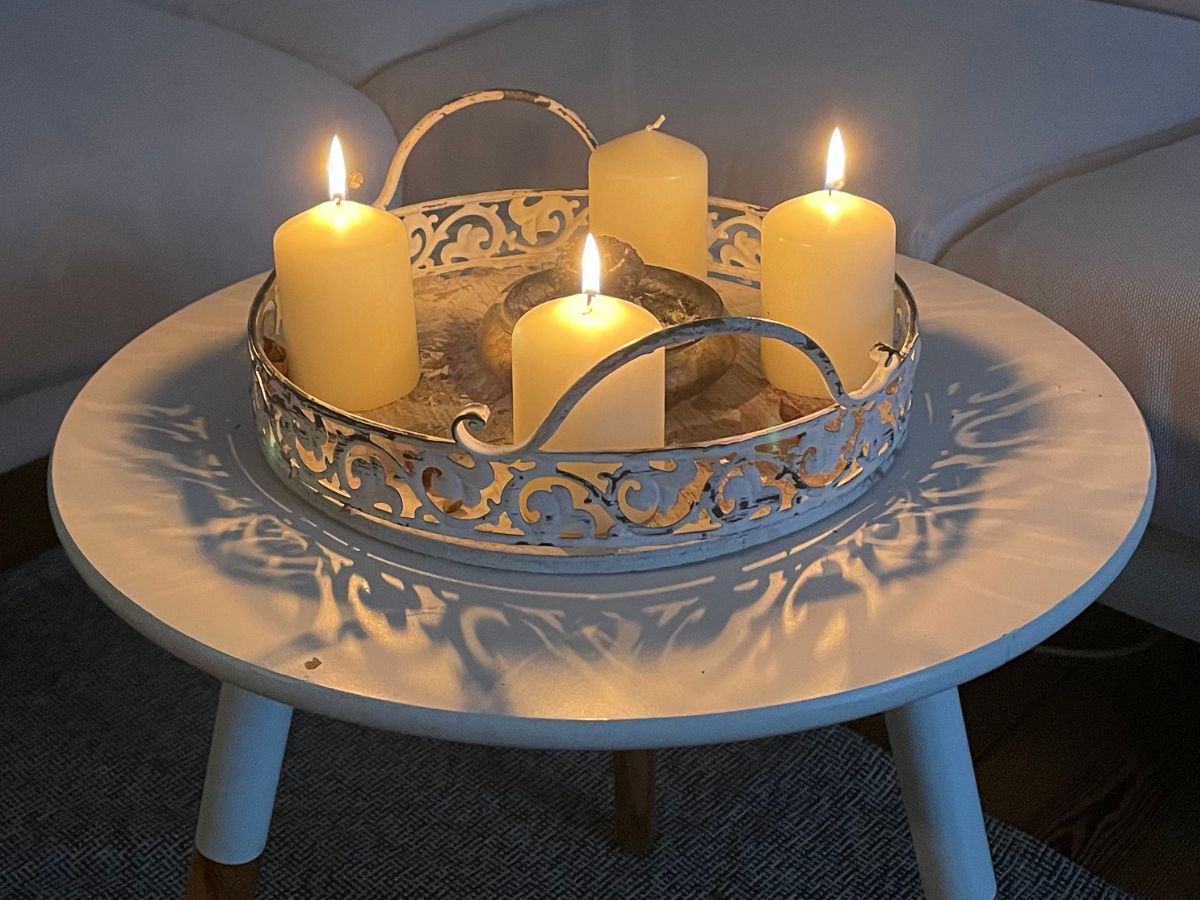




Leave a Comment